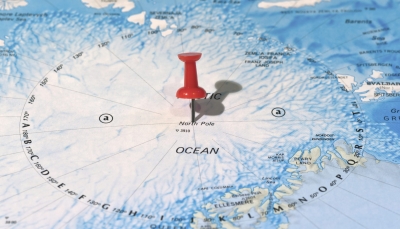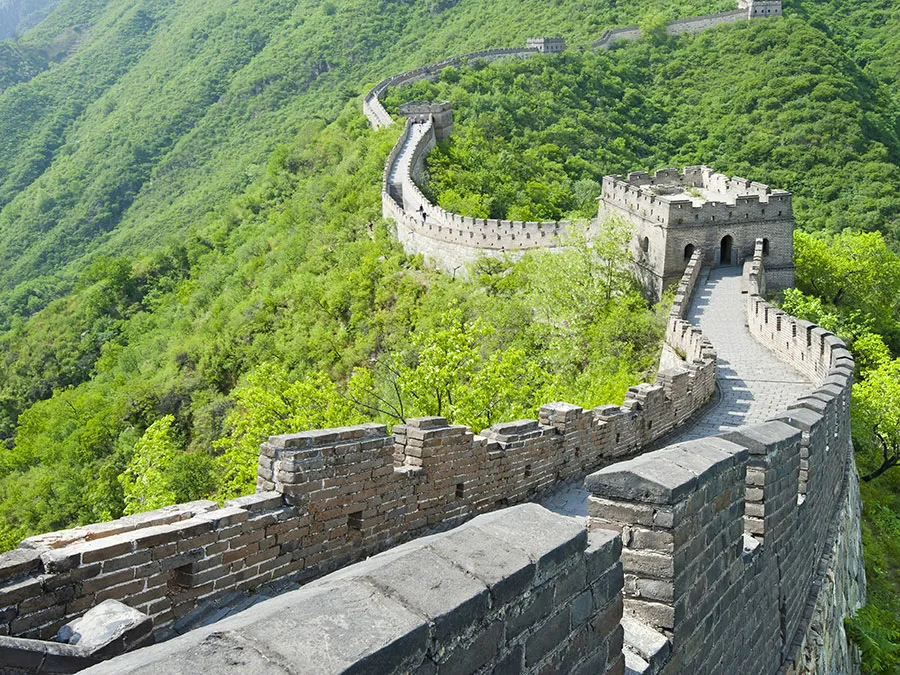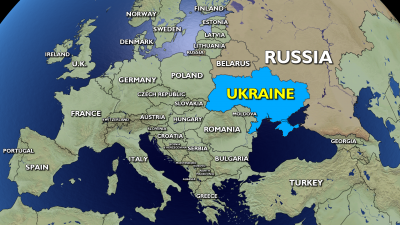The Coordinated Universal Time (UTC) replaced the Greenwich Mean Time (GMT) as the world standard of time on January 1, 1972. For 50 years now, UTC has been the standard that is used to set all time zones around the globe.
Time is now an integral part of our lives every day. We wake up at a particular time, go to schools or offices at a set time, have our classes or meetings scheduled to take place at a given time… there is an endless list like this. Every aspect of life is now driven by time.
It wasn't always like this though. Until some centuries ago, there wasn't any need to measure time as accurately as we do today. There was basically daytime and nighttime in all the different places on Earth as the sun, moon, and the stars dictated time. But then, as the world grew smaller, and more connected with increasingly better technology, things changed.
Need for standardisation
When rail and shipping lines started connecting the world, economic activity started requiring standardised timetables to coordinate activities. The idea for a universal time stemmed from this requirement and it was first conceived late in the 1800s.
A way to synchronise clocks across the world was first discussed in 1884 by the members who met at the International Meridian Conference in Washington D.C. While latitudes running east to west had always been measured from the equator, there was no such consensus around longitudes, or lines running north to south around our planet.
The prime meridian
It was at this conference that delegates from 25 countries chose to set the prime meridian or the zero point for longitude lines as that which passes through Greenwich, England. Time standards and time zones were built around this line, and hence came to be known as Greenwich Mean Time (GMT).
The advent of the atomic clocks after World War II enabled time to be measured with astounding accuracy in the second half of the 20th Century. These atomic clocks were able to show that Earth's rotational period actually varied ever so slightly on an everyday basis, owing to tectonic movements, melting ice sheets, and natural oscillations in our planet's movements.
Atomic time vs solar time
The idea behind Coordinated Universal Time or UTC (though it wasn't yet known by that name) was thus born in the 1960s. It was a way to accommodate the differences in timekeeping that arise between atomic time and solar time. While atomic time refers to the time derived from atomic clocks and is hence extremely accurate, solar time is the time arrived at using astronomical measurements of the rotation of the Earth on its axis relative to the sun, and is hence, variable. UTC is not only kept within an exact number of seconds of International Atomic Time (TAI), but is also kept within 0.9 second of solar time or astronomical time, denoted as UT1.
Result of a compromise
UTC started being used in the 1960s, but it wasn't until January 1, 1972 that it became the world standard for time, serving as the international basis of civil time as well as scientific time. This meant that UTC had effectively become the successor of GMT, providing for the basis of time worldwide. In case you are wondering how Coordinated Universal Time is abbreviated to UTC, then you will be pleased to learn that it is the result of a compromise. The acronym is a compromise between English and French speakers. While the English name for it, Coordinated Universal Time, would normally be abbreviated as CUT, the French name for it, Temps Universel Coordonne, would have been TUC. Instead of having it as CUT or TUC, a compromise was reached, and the acronym UTC was born.
Every time zone in the world is now given in terms of UTC. The Indian Standard Time (IST), for instance, is UTC+5:30. This means that IST is 5 hours and 30 minutes ahead of UTC. Irrespective of where you are on Earth, the time in that region can be given in terms of UTC.
Picture Credit : Google





